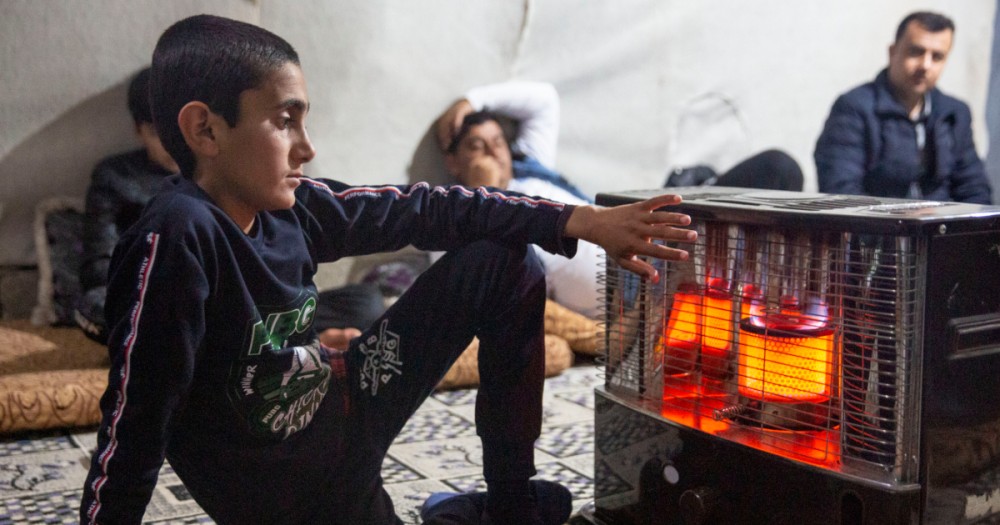Yazidi boys who survived conscription by ISIS begin path to healing
In camps for displaced people in northern Iraq and a home for survivors in Syria, the staccato testimonies, glazed eyes, and malnourished bodies of boys who left Baghouz in recent weeks hint at the depth of their trauma.

(The Christian Science Monitor) The Islamic State’s so-called caliphate may have come to an end, but the terror the militants inflicted on the small Yazidi religious community is forever seared into the minds of boys like ten-year-old Dilber. He often curls into a ball and cries nonstop.
He reached what was left of his family in mid-March after fleeing Al-Baghouz, a speck of land on the banks of the Euphrates in Syria where ISIS had battled a US-backed coalition of Kurdish and Arab forces.
Dilber, his 15-year-old brother Dildar, and others in their generation were indoctrinated and beaten after ISIS attacked their villages in the Sinjar Mountains in 2014, executing their fathers and enslaving their mothers and sisters.





